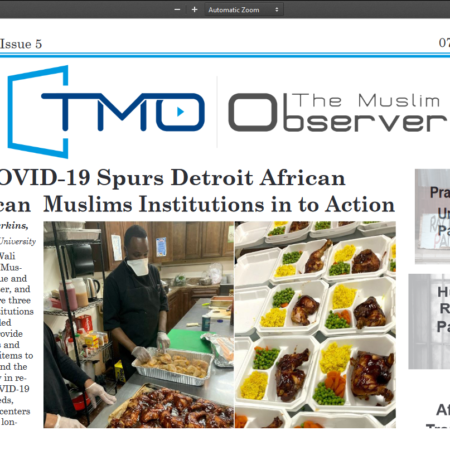The Digestive System
In the human digestive system, the process of digestion has many stages, the first of which starts in the mouth (oral cavity). Digestion involves the breakdown of food into smaller and smaller components which can be absorbed and assimilated into the body. The secretion of saliva helps to produce a bolus which can be swallowed in the oesophagus to pass down into the stomach. Saliva also contains a catalytic enzyme called amylase which starts to act on food in the mouth. Digestion is helped by the mastication of food by the teeth and also by the muscular contractions of peristalsis. Gastric juice in the stomach is essential for the continuation of digestion as is the production of mucus in the stomach. Peristalsis is the rhythmic contraction of muscles that starts along the wall of the stomach. This initially results in the production of chyme which when fully broken down in the small intestine is absorbed into the blood. Most of the digestion of food takes place in the small intestine. Water and some minerals are reabsorbed back into the blood, in the colon of the large intestine. The waste products of digestion are defecated from the anus via the rectum.
There are several organs and other components involved in the digestion of food and the largest structure of the digestive system is the gastrointestinal tract (GI). This starts at the mouth and ends at the anus, covering a distance of about nine metres.[1] The largest component of the GI tract is the colon. Other components include the mouth, teeth and epiglottis, and the accessory digestive glands, the (liver, gall bladder and pancreas).
The oral cavity that is the mouth, is the first part of the alimentary canal and is equipped with several structures that begin the first processes of digestion. These include salivary glands, teeth and the tongue. Most of the oral cavity is lined with oral mucosa a mucous membrane that produces a lubricating mucus, of which only a small amount is needed. Mucous membranes vary in structure in the different regions of the body but they all produce a lubricating mucus, which is either secreted by surface cells or more usually by underlying glands. The mucous membrane in the mouth continues as the thin mucosa which lines the bases of the teeth. The main component of mucus is a glycoprotein called mucin and the type secreted varies according to the region involved. Mucin is viscous, clear, and clinging. Underlying the mucous membrane in the mouth is a thin layer of smooth muscle tissue and the loose connection to the membrane gives it its great elasticity.[2] It covers the cheeks, inner surfaces of the lips, and floor of the mouth.[3] The roof of the mouth is termed the palate and it separates the oral cavity from the nasal cavity. The palate is hard at the front of the mouth since the overlying mucosa is covering a plate of bone; it is softer and more pliable at the back being made of muscle and connective tissue, and it can move to swallow food and liquids. The soft palate ends at the uvula. The surface of the hard palate allows for the pressure needed in eating food, to leave the nasal passage clear.[4] The lips are the mouth’s front boundary and the fauces (the passageway between the tonsils, also called the throat), mark its posterior boundary. At either side of the soft palate are the palatoglossus muscles which also reach into regions of the tongue. These muscles raise the back of the tongue and also close both sides of the fauces to enable food to be swallowed. Mucus helps in the mastication of food in its ability to soften and collect the food in the formation of the bolus.
There are three pairs of main salivary glands and between 800 and 1,000 minor salivary glands, all of which mainly serve the digestive process, and also play an important role in the maintenance of dental health and general mouth lubrication, without which speech would be impossible. The main glands are all exocrine glands, secreting via ducts. All of these glands terminate in the mouth. The largest of these are the parotid glands – their secretion is mainly serous. The next pair are underneath the jaw, the submandibular glands, these produce both serous fluid and mucus.They produce about 70% of the oral cavity saliva. The third pair are the sublingual glands located underneath the tongue their secretion is mainly mucous with a small percentage of saliva. Within the submucosa of the mucous membranes lining the mouth and also on the tongue and palates and mouth floor, are the minor salivary glands; their secretions are mainly mucous and are innervated by the facial nerve, the seventh cranial nerve. The glands also secrete amylase a first stage in the breakdown of food acting on the carbohydrate in the food to transform the starch content into maltose. There are other glands on the surface of the tongue that encircle taste buds on the back part of the tongue and these produce a serous fluid which contains lipase (lingual lipase). Lipase is a digestive enzyme that catalyses the hydrolysis of lipids (fats). These glands are termed Von Ebner’s glands which have also been shown to have another function in the secretion of histatins which offer an early defense (outside of the immune system) against microbes in food, when it makes contact with these glands on the tongue tissue.[5] Sensory information can stimulate the secretion of saliva providing the necessary fluid for the tongue to work with and also to ease swallowing of the food.
16-23














2014
1,621 views
views
0
comments